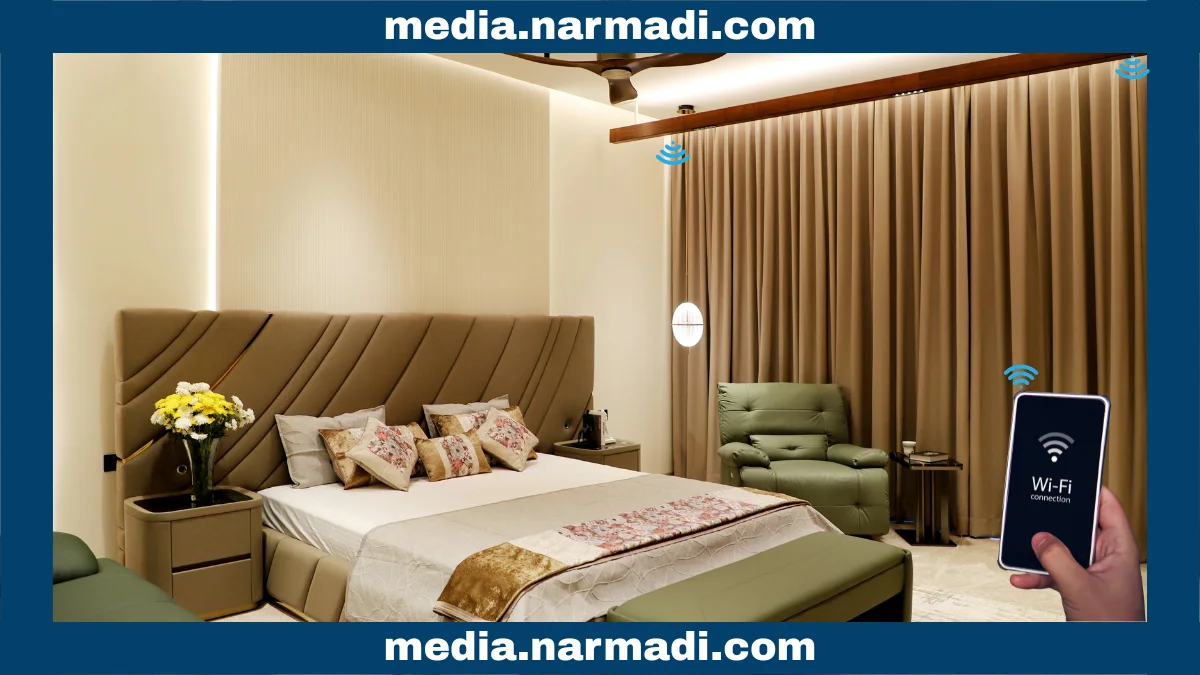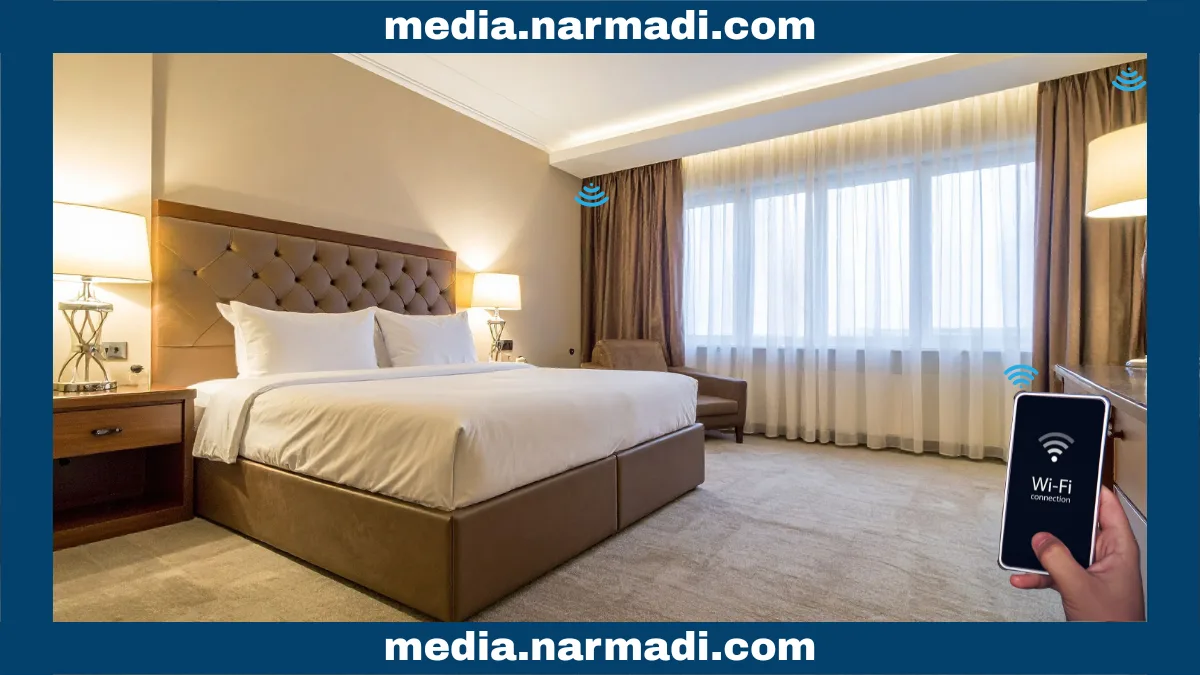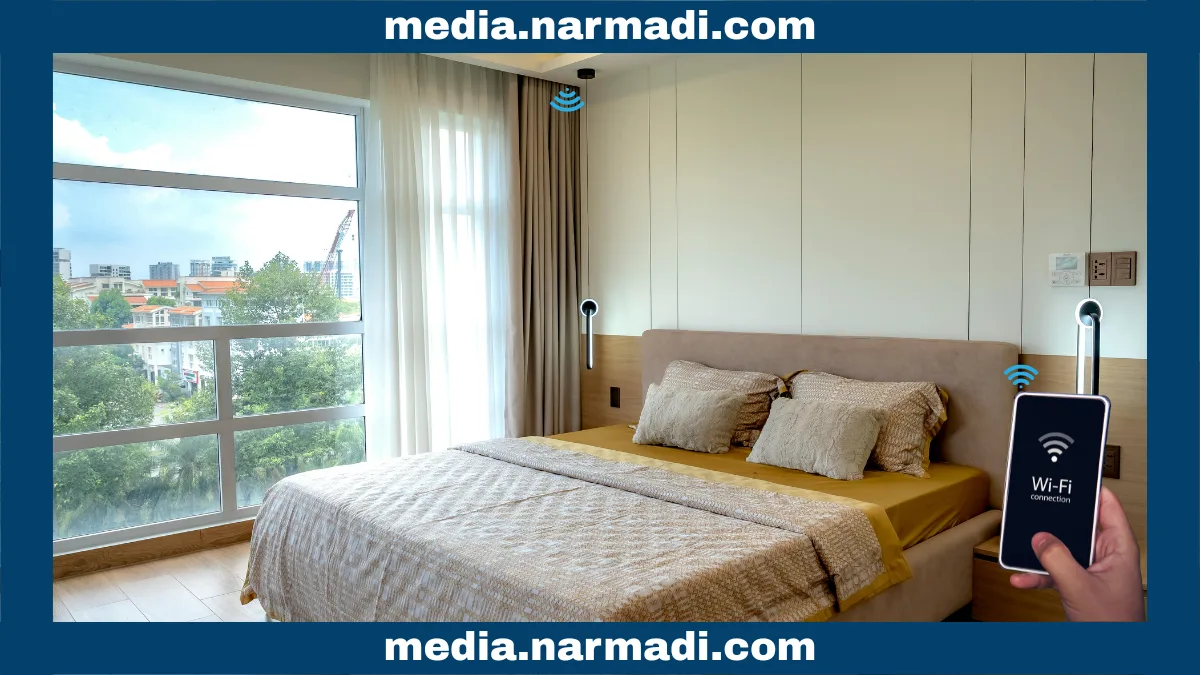In today's digital age, the development of the Internet of Things (IoT) has further strengthened the smart home ecosystem. All devices in the home can be connected to digital technology with the prefix “smart” in front of them, such as smart lamps, smart air conditioners, smart CCTV, and even smart curtains.
Smart curtains are not just modern home decorations; they have more functions than just opening and closing curtains. With Bluetooth and Wi-Fi connectivity, they offer numerous benefits to users, including convenience, energy efficiency, and home security.
To expand our knowledge of smart home appliances, let's discuss smart curtains. This article will cover everything from their definition, how they work, their benefits, additional features, to their usage regulations.
What is a Smart Curtain?

Smart curtains are an advancement of conventional curtains, which generally serve to block light from entering the home. Their function has expanded from focusing solely on aesthetics and comfort to now incorporating automation technology that supports smart homes.
The key components enabling this automation are the motorized mechanism and digital control system. Together, they allow you to open and close the curtains without manually pulling them. Digital control can typically be operated via a remote, smartphone app, or even voice commands through virtual assistants like Google Assistant and Alexa.
How Does Smart Curtain Work?

Smart curtains have a fairly simple working principle. The key lies in two components: the drive motor and the control system. The drive motor is installed on the rail or curtain rod. This motor is connected to a control system that can be operated remotely via an electronic module.
Smart curtains can be controlled through several methods, including remote control, smartphone apps, automatic sensors, and voice commands. This functionality makes smart curtains more practical and energy-efficient for everyday use.
The Benefits of Smart Curtains

Using a smart curtain will provide many benefits, especially for enhancing comfort, privacy, energy efficiency, and integration with smart homes. Here are some of the main benefits in detail:
Enhancing comfort
Using smart curtains enhances comfort by providing easy control and automation. You no longer need to bother opening or closing the curtains manually. Simply click on the app on your smartphone, remote control, or give a voice command, and the curtains will follow your instructions.
This device also allows you to set a schedule for opening and closing the curtains automatically. For example, you can automate the schedule to open the curtains in the morning and close them in the evening. This will certainly make your daily activities easier.
Enhanced privacy
The smart curtain's remote control and automation capabilities enhance your privacy and security. You can easily adjust the level of privacy by closing the curtains as needed without having to be near the window.
By automatically adjusting the curtains when you are not at home, you can create the illusion that someone is still there. This certainly increases the security of your home and reduces unwanted risks.
Energy efficiency
Smart curtains can be set to close automatically when the weather is hot so that the house stays cool and air conditioner usage is reduced. In addition, lighting usage can also be reduced by automatically opening the curtains when light from outside is needed.
Integration with smart homes
As another home appliance that utilizes IoT, smart curtains can be integrated with other smart home systems. This allows you to have broader automation control through a single platform. Not only that, but it also creates a more sophisticated and integrated home environment.
Smart Curtain Regulation

The smart curtain uses communication technologies such as Bluetooth and WiFi, which operate within a specific frequency spectrum. In every country, any Bluetooth and WiFi-based wireless device is required to have a Radio Frequency (RF) Certification.
Smart curtain regulation requires all radio frequency-based devices to meet specific technical standards before being sold in the country. The certification ensures that the product meets government safety and quality regulations and does not interfere with other communication devices.
The certification process involves technical testing, such as frequency adjustments, safety checks, and compatibility with the surrounding environment. Once the tests are completed, products that pass are listed in a Test Result Report, which confirms that the product is safe and ready for sale. This report reassures customers that the product meets technical standards and is secure.
For companies wanting to sell a smart curtain, Product Compliance Specialists are available to assist with this process. This service includes preparing technical and legal documents, conducting required testing, ensuring compliance with regulations, helping companies streamline the certification process, and giving consumers confidence in certified products.